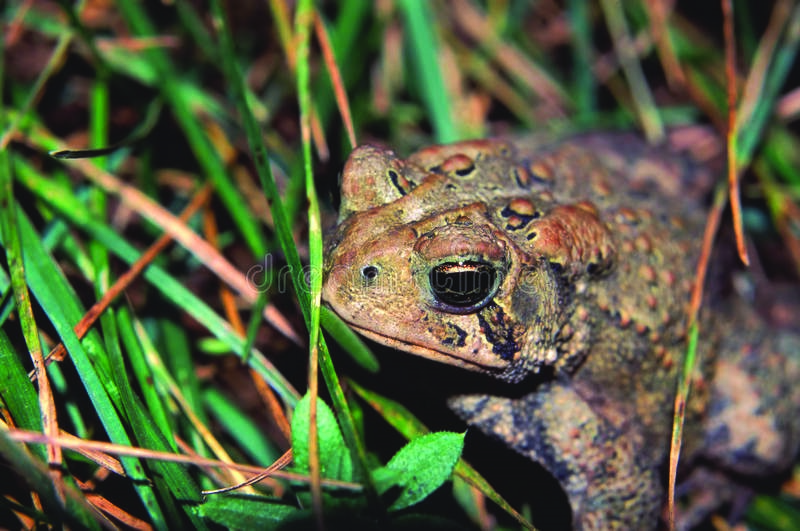I have always had a fascination with toads or as we called them when I was a child ´hop toads´. Having a twin brother, my poor mother always thought he would be the handful and have pockets overflowing with frogs, snakes, and puppy dog tails…that was not the case! That was probably a good indication I was destined for a wildlife habitat garden. Now, I have never kissed a toad, but I have always loved them and as a gardener for good reasons. My favorite toad that I call Charlie, burrowed under one of my fountains several years ago and helped rid my hostas of slugs. He is not a very handsome creature but he does gobble up a lot of garden pests making him a ´prince of toads´ in my garden!

So, what about Charlie! He is an Eastern American Toad, scientific name, Anaxyrus americanus. Anaxyrus is Greek meaning ´a king´ and americanus refers to America) and found from Canada and throughout the Eastern half of the United States. They reach an average length of 2 to 3.5 inches, the record being 4.4 inches. Unlike frogs, toads are more adapted for land. They have long, slender toes that lack extensive webbing and their warty skin helps them retain moisture. Even though they live on land the male toad with his darker throat and the female with her lighter throat are amphibians returning to water in spring to mate and lay eggs. Tadpoles develop in about 10 to 12 days and into toads 2 to 3 months later. Toads can live 4 to 12 years and sometimes longer.
They do not drink with their mouths. Instead, they absorb moisture from the ground through a pelvic patch and store it in a lymph sac or bladder. The stored fluids are released when the toad becomes frightened, as most anyone who has picked up one can attest.
Even though toads live on land they are amphibians that need moist cover. These nocturnal creatures are inactive during the day and will burrow underground or hide under moist leaves, logs or rocks. They become active in the evening and during rain. Toads have a secret weapon that protects them from becoming another animal´s meal. They have kidney-shaped parotid glands located behind their eyes that secrete a moderately potent toxin known as bufotoxin. The milky substance irritates the mucous membranes in predators´ mouths and can even cause death if an animal chooses to ignore the irritation and swallows the toad. Of course, toads do not cause warts but because of bufotoxins, it’s a good idea to wash your hands after handling a toad. Their biggest predator, raccoons, are smart and can devastate a toad population at night by eating everything but the head of 20 to 30 toads.
These night feeders are capable of eating as many as 50 to 100 insects. That’s as many as 3000 bugs per month feasting on mosquitoes and their larvae, flies, slugs, cutworms, spiders and even small snakes, turtles and mice. That alone is a dream come true for most gardeners. But yet there are still some people that find this small, warty creature to be a little creepy and they are not alone. In a number of primitive cultures, toads were considered magical. While some South and North American Natives considered them beasts that succeeded where others failed. In Asian mythology, toads held the secret to immortality and Europeans in the Middle Ages associated their golden eyes with witches and witchcraft.
But creepy or not we should encourage toads to our gardens by giving them safe havens using broken pots for shelter, avoiding pesticides, placing small containers filled with water, and developing shallow ponds and ditches for mating to ensure future generations.
For now, as winter quickly approaches, there will be no kisses for Charlie…at least not from me! We´ll leave that to a girl toad he will meet soon come spring. But until he finally hibernates for the winter from time to time on a warm day, I see him peeking from his burrow making that nasal sound ¨w-a-a-a-h¨ as if to say ¨Happy Holidays and Merry Christmas to all and to all a good night! ¨ Sleep well, my Prince!




